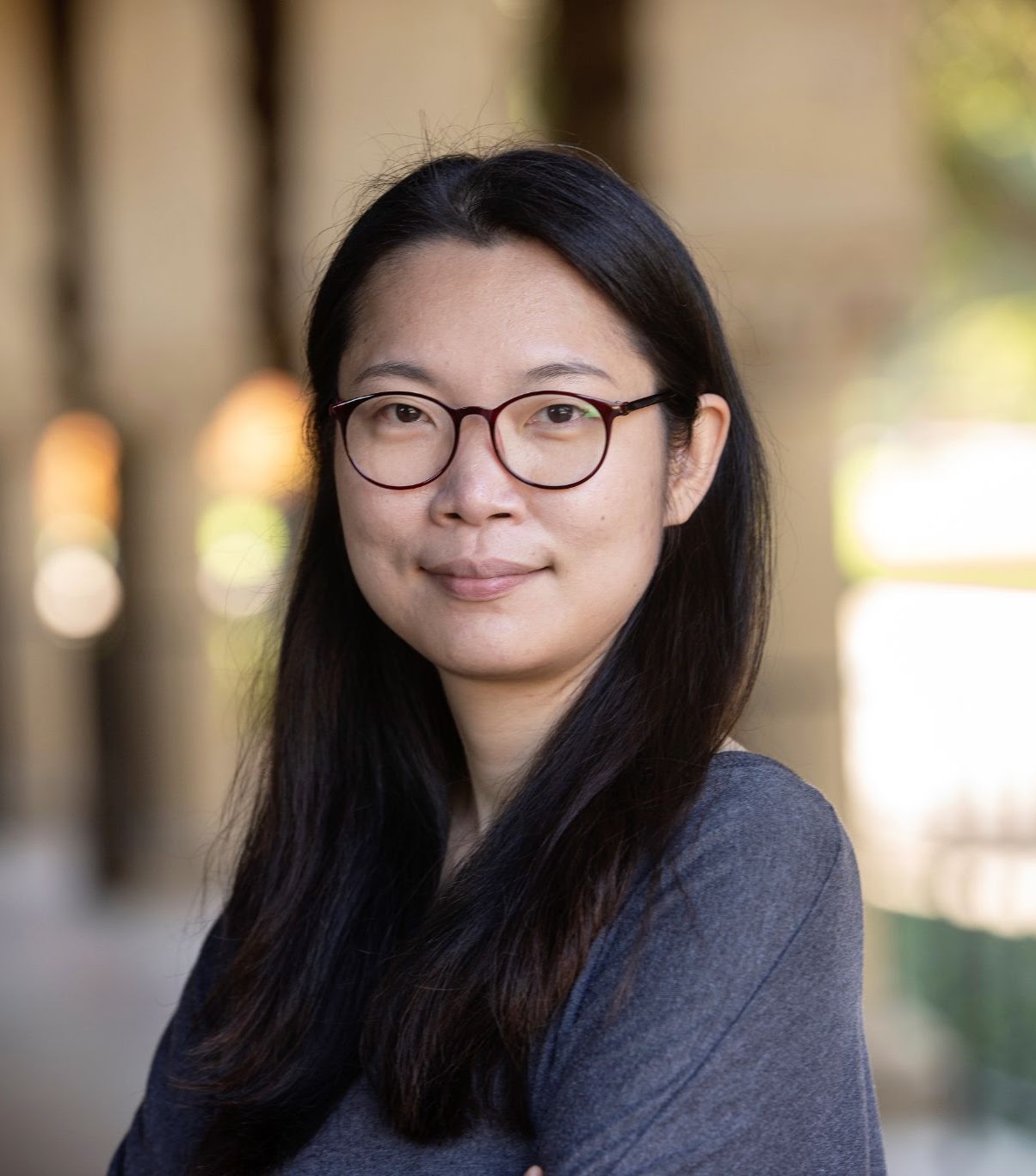PIMS Distinguished Lectures: Proving the Kahn-Kalai Conjecture
PIMS and UVic will be hosting a colloquium talk in Cornett B143 on April 4th at 12pm. Jinyoung Park of New York University and IAS will give a colloquium talk on her recent breakthrough result on the Kahn-Kalai conjecture. She will also give a research seminar the following day (at 3:30pm) with details of the proof. Coffee and Cookies will be served in advance of the talks.
The topic of the lectures was recently featured in Quanta magazine.

Title: PIMS Distinguished Lecturer Colloquium - Proving the Kahn-Kalai conjecture
Speaker: Jinyoung Park, New York University and IAS
Date and time: 04 Apr 2023, 12:00pm - 1:00pm
Location: Cornett B143
Title: PIMS Distinguished Lecturer Seminar - Proving the Kahn-Kalai conjecture
Speaker: Jinyoung Park, New York University and IAS
Date and time: 05 Apr 2023, 3:30pm - 4:30pm
Location: Cornett B143
For a finite set X, a family F of subsets of X is said to be increasing if any set A that contains B in F is also in F. The p-biased product measure of F increases as p increases from 0 to 1, and often exhibits a drastic change around a specific value, which is called a "threshold." Thresholds of increasing families have been of great historical interest and a central focus of the study of random discrete structures (e.g. random graphs and hypergraphs), with estimation of thresholds for specific properties the subject of some of the most challenging work in the area. In 2006, Jeff Kahn and Gil Kalai conjectured that a natural (and often easy to calculate) lower bound q(F) (which we refer to as the “expectation-threshold”) for the threshold is in fact never far from its actual value. A positive answer to this conjecture enables one to narrow down the location of thresholds for any increasing properties in a tiny window. In particular, this easily implies several previously very difficult results in probabilistic combinatorics such as thresholds for perfect hypergraph matchings (Johansson–Kahn–Vu) and bounded-degree spanning trees (Montgomery). I will present recent progress on this topic in the first talk, and discuss more details about proof techniques in the second talk. Based on joint work with Keith Frankston, Jeff Kahn, Bhargav Narayanan, and Huy Tuan Pham.
